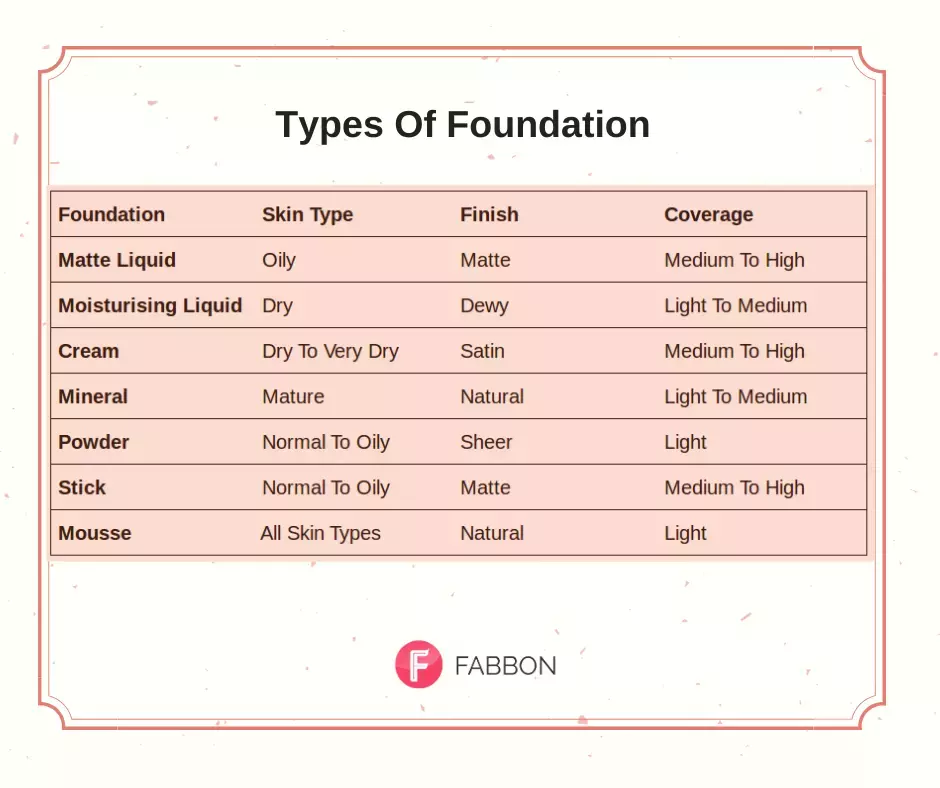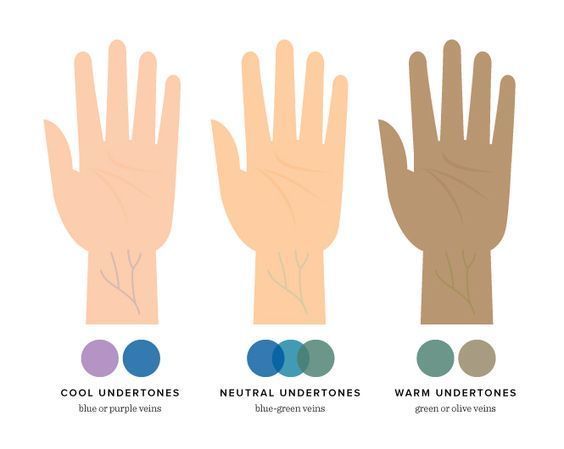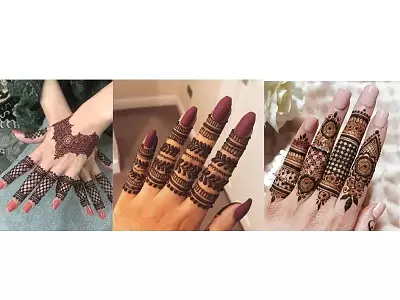How To Choose Foundation For Your Skin Type
Sucharitha V
Updated At 22 Nov 23
Foundation is the base of your makeup which is used to cover up blemishes and even out your complexion. It’s like a canvas on which you can apply other makeup products smoothly. If you are looking for the best drugstore foundation, do make sure to check our foundations guide as we list all the top sellers with pros, cons, cost details and our detailed analysis.
Types Of Foundation

How To Choose Foundation As Per Skin Type?
- Oily Skin: Powder foundation or oil free liquid foundation is ideal for oily skin. These types of foundation would prevent your face from looking oily and prevent it from running off.
- Dry Skin: Moisturising Liquid foundations, cream foundations or mousse foundations are ideal for dry skin. The key is to look for a dewy finish and avoid any product that can highlight dry patches.
- Combination: Liquid or powder based foundation is ideal for combination skin.
- Mature Skin: Water based liquid foundation is perfect for mature skin. Avoid powder and stick foundation as they will highlight your fine lines and wrinkles.
If you are looking for budget foundation options, do make sure to check out our guide on foundation dupes as we list alternatives for all the high end foundations.

Choosing Foundation According To Your Skin Colour And Undertones
After determining the formula according to your skin type, you need to choose a foundation according to your complexion.
While testing the foundation, apply it on your jawline instead of your wrists. The foundation which looks almost invisible on your skin is the one perfect for you.

Determine your undertone by looking at your veins in natural sunlight.
Cool undertone: If you have blue or purple vein, then you have a cool undertone.
Warm undertone: If you have green vein, then you have a warm undertone.
Neutral undertone: If you feel that it’s difficult to make out which colour it is, it is neutral.
Along with picking the right foundation, getting the best concealer is also equally important. Foundation and concealer are two of the most important makeup products and having the right ones which suit your skin is key to getting your makeup right.
What Is The Ideal Foundation As Per Undertone?
Warm undertone: Choose a foundation with a yellow base or peach base.
Cool undertone: Choose a foundation with pink or blue base.
Neutral undertone: Avoid foundation with a yellow or blue base. Prefer one with a neutral shade.
How To Decide Coverage?

Light/ sheer coverage- If your skin has no blemishes or pigmentation, then you can go for light coverage foundation, just to add some glow to your look.

Medium coverage- If your skin tone is uneven and you have blemishes, go for a medium-coverage foundation. Most medium-coverage foundations can be built upon to create a heavier coverage.

Full/Heavy coverage- If you feel like you want to hide a lot of blemishes then look for a heavy coverage foundation. It’s the best choice for photoshoots and special events.

5 Tips To Pick The Right Foundation For Your Skin
1. Know Your Skin Type:
Before choosing a foundation, understand your skin—whether it's oily, dry, a mix of both, or normal. Opt for foundations tailored to your skin type, as they address specific needs. If your skin is oily, choose oil-free formulas; for dry skin, go for hydrating options. This ensures the foundation works with your skin, not against it.
2. Undertone Matching:
Undertones—warm, cool, or neutral—affect how foundation looks on your skin. Match the foundation's undertone to your own for a natural look. If your skin has warm tones, choose a foundation with warm undertones to avoid a mismatched appearance.
3. Sample Shades in Natural Light:
When testing foundation shades, do so in natural light. Indoor lighting can alter colors, leading to an inaccurate match. Natural light provides a truer representation, ensuring the foundation blends seamlessly with your skin tone. This simple step prevents the disappointment of choosing a foundation that looks different outdoors.
4. Consider the Finish:
Each foundation finish—matte, dewy, or natural—offers a distinct look. Matte foundations create a shine-free appearance, dewy foundations provide a radiant glow, and natural finishes offer a balanced look. Choose based on personal preference and skin needs, ensuring the foundation enhances your skin's natural beauty without emphasizing imperfections.
5. Patch Test for Sensitivity:
For those with sensitive skin, conduct a patch test by applying a small amount of foundation to an inconspicuous area. This precaution helps identify any potential irritation or allergies before applying the product to your face. It's like a safety check to ensure the foundation won't cause discomfort or adverse reactions, promoting a comfortable and enjoyable makeup experience.
How to find your foundation shade?
To find your foundation shade, follow these 8 steps:
1. Determine Your Undertone: Identify if your skin has warm, cool, or neutral undertones. Warm undertones have hints of yellow or peach, cool undertones lean towards pink or blue, while neutral undertones balance both.
2. Check Your Current Foundation (if applicable): If you already use foundation, check the shade and whether it matches your skin. If it's a good match, use it as a reference for other foundations.
3. Test in Natural Light: Always test foundation shades in natural light. Indoor lighting can distort colors, so step outside or near a window to see how the foundation looks in the most accurate lighting.
4. Choose a Few Shades: Select a few foundation shades that seem close to your skin tone. Many brands provide a variety of shades to accommodate different undertones and depths.
5. Test on Jawline or Wrist: Apply small swatches of the selected shades on your jawline or wrist. The right shade should seamlessly blend with your skin without creating a noticeable contrast.
6. Blend Into Skin: Blend each swatch gently into your skin. The shade that disappears and matches your skin tone is likely the right one.
7. Consider Your Makeup Preferences: Think about the finish you prefer—matte, dewy, or natural. Also, consider the coverage level (full, medium, or sheer) based on your preferences.
8. Ask for Professional Assistance: If unsure, seek guidance from beauty professionals at makeup counters. They can help you find the perfect match and provide samples for you to try at home.
Remember that your skin tone may vary throughout the year due to sun exposure, so it's a good idea to reassess your foundation shade periodically.
FAQs
1. How do I determine my skin type for choosing the right foundation?
Identify your skin type by observing its characteristics—whether it tends to be oily, dry, combination, or normal. This knowledge helps in selecting a foundation that addresses your specific skin needs.
2. Can I use the same foundation for oily and dry areas on my face?
It's ideal to choose a foundation that caters to the needs of both areas. Consider using a foundation formulated for combination skin or opt for separate foundations for different areas to ensure balanced coverage.
3. Should I choose a matte or dewy foundation based on my skin type?
If you have oily skin, matte foundations help control shine, while those with dry skin may prefer dewy finishes for added hydration. Normal and combination skin types can explore both finishes based on personal preference.
4. Can I wear foundation if I have sensitive skin?
Yes, but it's crucial to choose foundations labeled as suitable for sensitive skin. Conduct a patch test before full application to ensure the foundation doesn't cause irritation or allergic reactions.
5. How can I test foundation shades to avoid color discrepancies?
Test foundation shades on your jawline or wrist in natural light. This prevents the common mistake of choosing a shade that might look different under artificial lighting, ensuring an accurate color match for your skin.


























